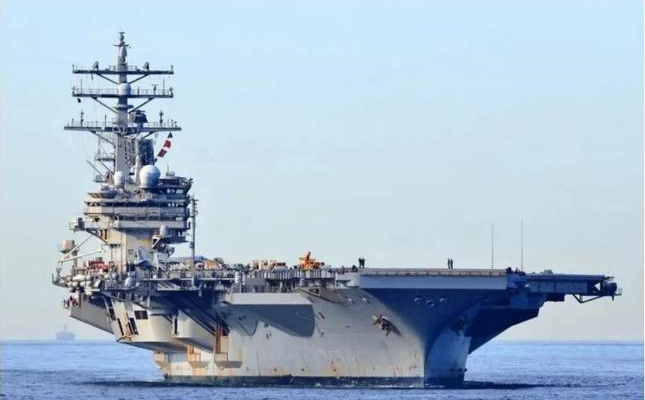US-China Continual "Red Line" Testing in Taiwan Strait, Maintaining High-Pressure Military Standoff
Entering 2025, the frequency and complexity of military activities by China, the U.S., and their allies in the Taiwan Strait continued to increase. The Chinese PLA adopted more intrusive "grey zone" tactics, including normalized entries into Taiwan's "contiguous zone" and training exercises in the Eastern waters, testing Taiwan's response capabilities.
CHINA,POLITICS
global n press
6/15/20251 min read


In the first half of 2025, the Chinese People's Liberation Army (PLA) conducted exercises in the Taiwan Strait, which were closely monitored by the U.S. Navy and Taiwan's military forces.
Entering 2025, the frequency and complexity of military activities by China, the U.S., and their allies in the Taiwan Strait continued to increase. The Chinese PLA adopted more intrusive "grey zone" tactics, including normalized entries into Taiwan's "contiguous zone" and training exercises in the Eastern waters, testing Taiwan's response capabilities. In response, the U.S. and its allies (e.g., Japan) continued to conduct "freedom of navigation" operations and joint military drills to counter China's pressure. The "red line" testing over the Taiwan issue became routine for both sides, raising the possibility of a crisis triggered by any accidental event.
The sustained military standoff kept the risk of conflict in the Taiwan Strait at an elevated level, solidifying its status as one of the world's most volatile flashpoints. From a conservative perspective, this "red line" testing was viewed as the most direct challenge by an authoritarian state to the existing international order. It compelled global supply chain, insurance, and shipping sectors to institutionalize geopolitical risk premiums. The U.S. and its allies further deepened cooperation on "deterrence strategies," confirming that security challenges in the Indo-Pacific would dominate the global strategic agenda for years to come.




